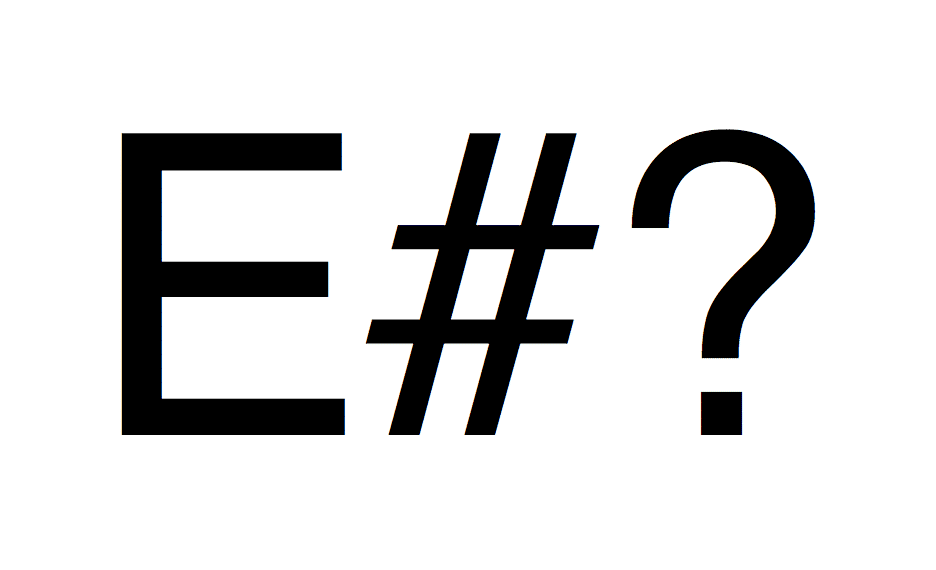
Is E# a chord?
E# – Maybe not so Sharp? Got a question, here is my answer. The short answer is, well sort of: musicians would know what to

E# – Maybe not so Sharp? Got a question, here is my answer. The short answer is, well sort of: musicians would know what to

Well, yes, BUT: there is a crucial difference to understand…. and that difference lies in chord functions. It is all in how notes relate to
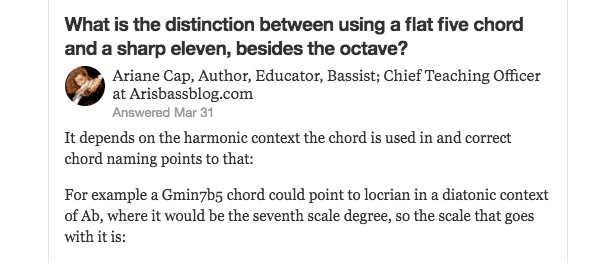
Enharmonically Speaking a #11 and a b5 are the same… What this means is that a #11 and a b5 lead you to the same
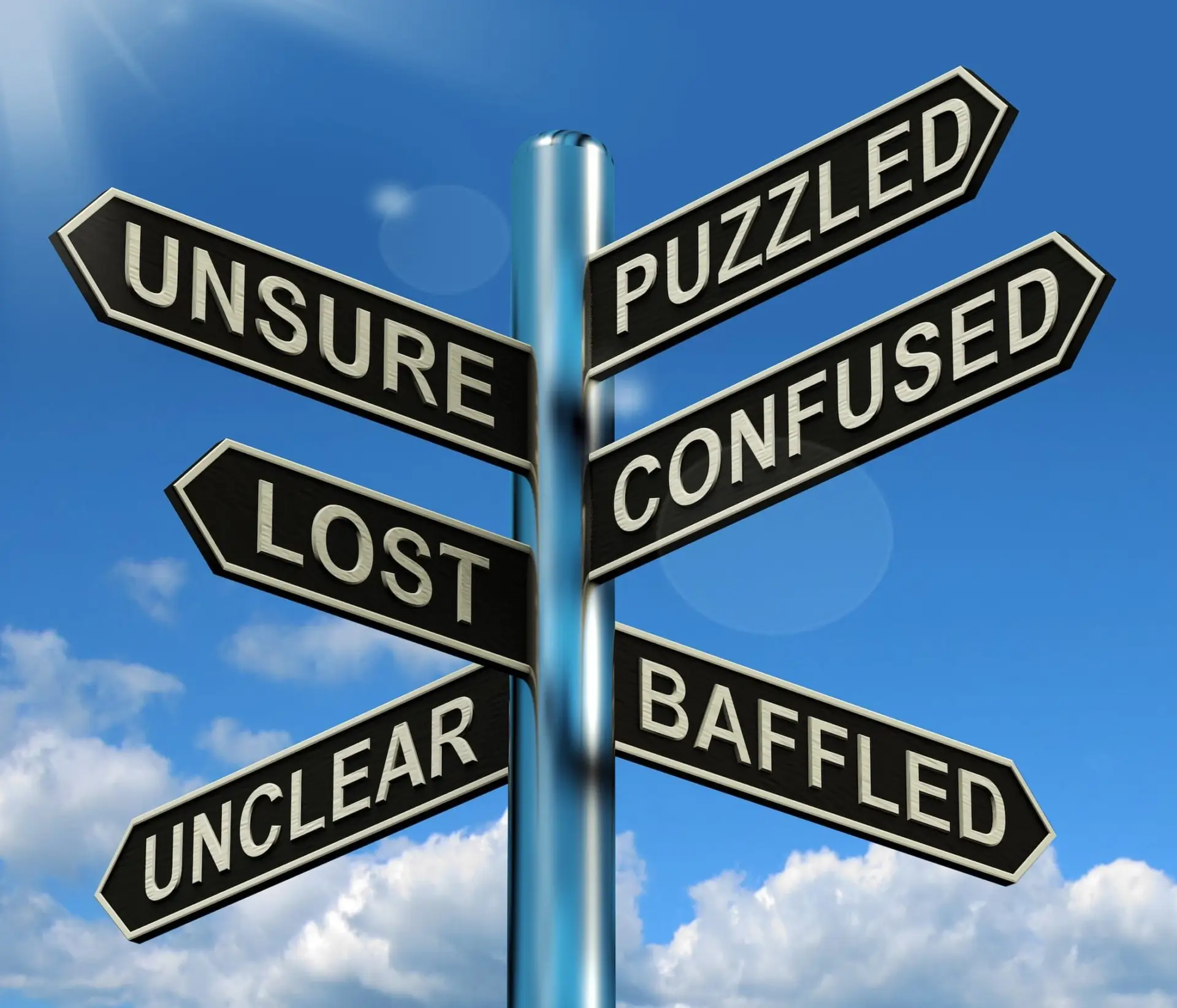
My Beef… Many theory books teach the cycle of fifths without the crucial explanations of Why?, and then they list the “order of flats and
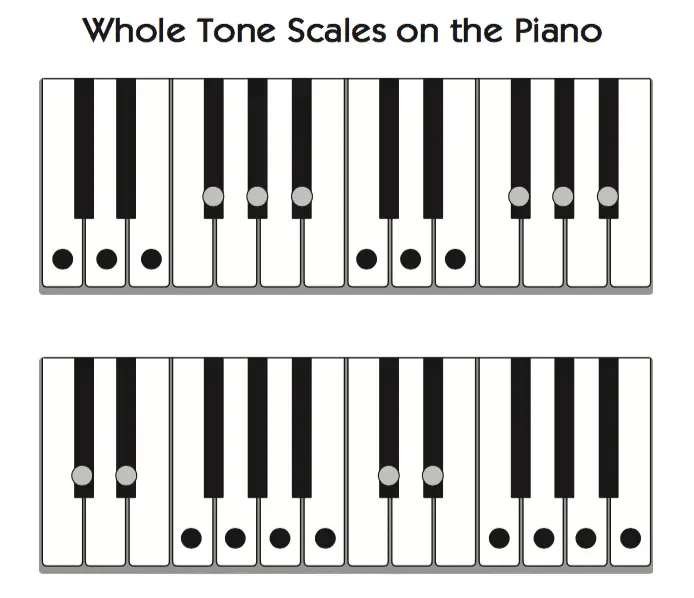
Got a request to answer how symmetric scales and major scales are differing Fun one, with sound samples! For bass players in particular, symmetric scales are
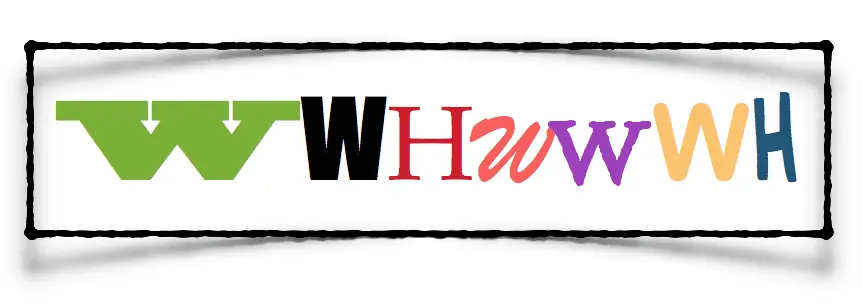
When I see questions like this I love to jump in. There is someone trying to piece it together on their own, typically using some
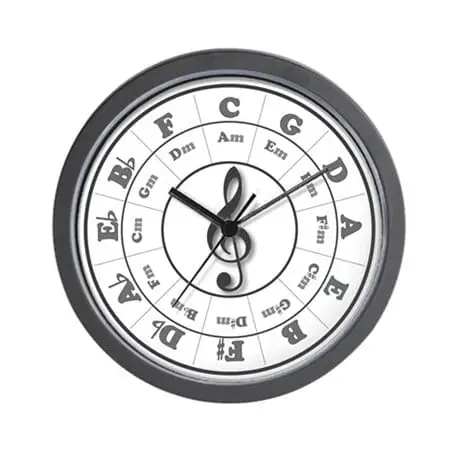
A reader on Quora requested my answer to this question: Read Ariane Cap‘s answer to Why are there only 12 keys in music? on Quora
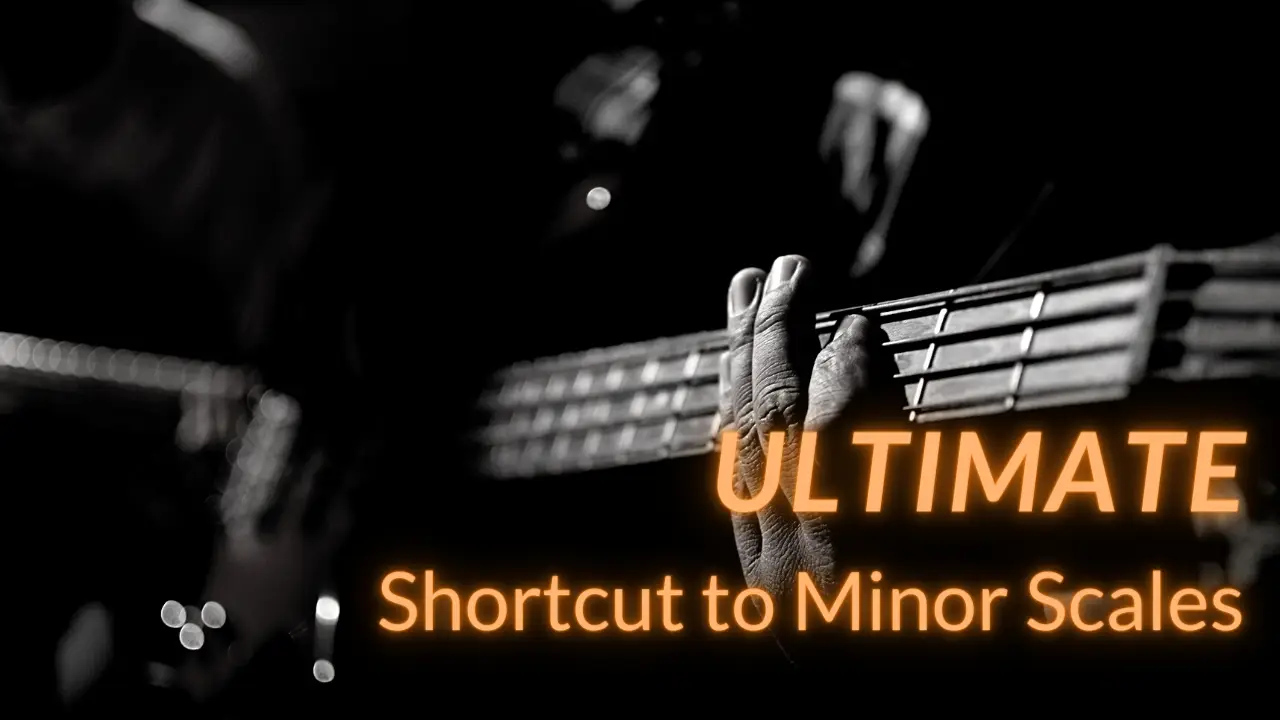
The Natural Minor Scale Now that we have looked at my ultimate shortcuts for the major scale, look at the minor scale. Make sure to
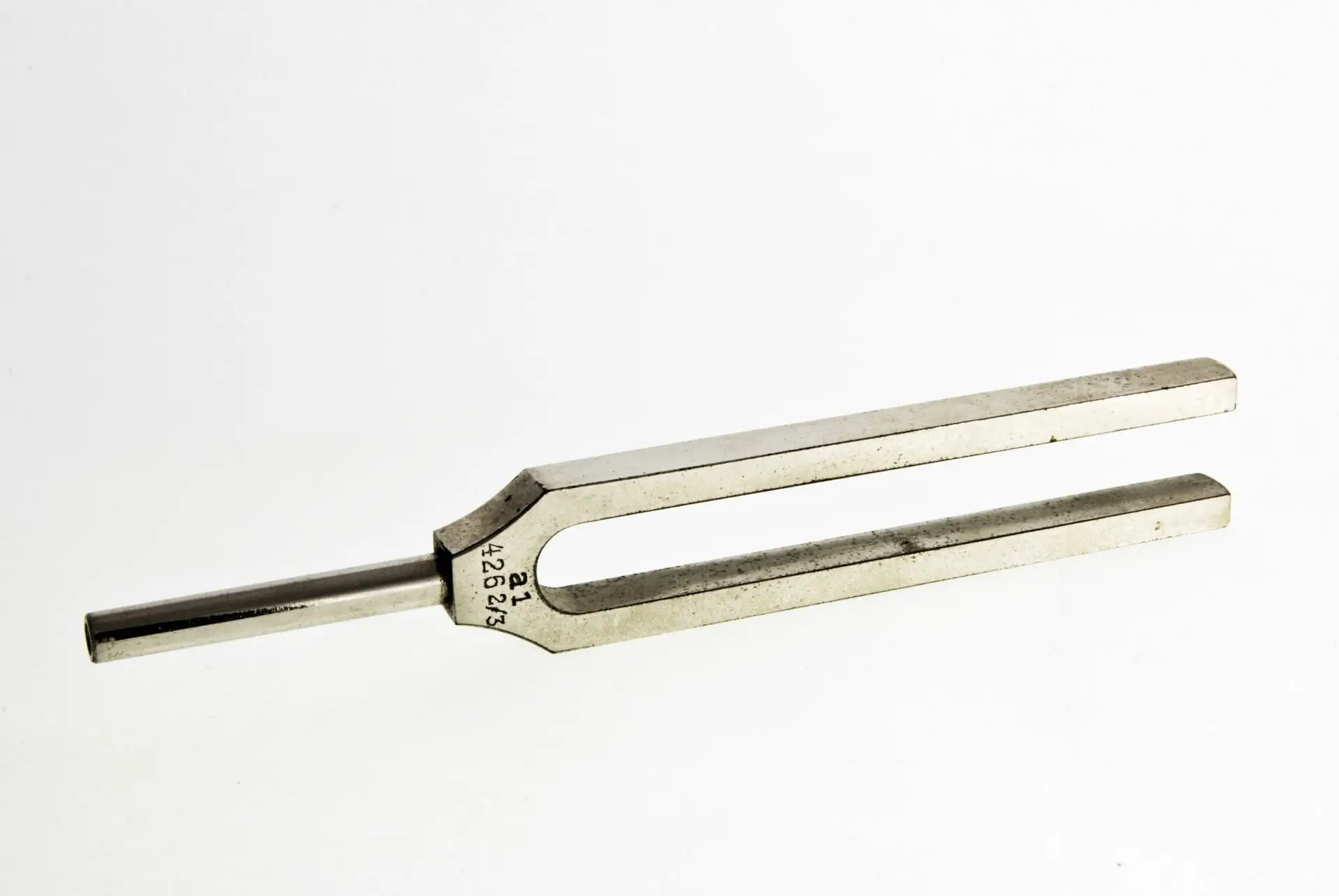
Nomenclature: The Difference between Note and Pitch Important to be clear on important basics. What is a Note? The term note refers to a name
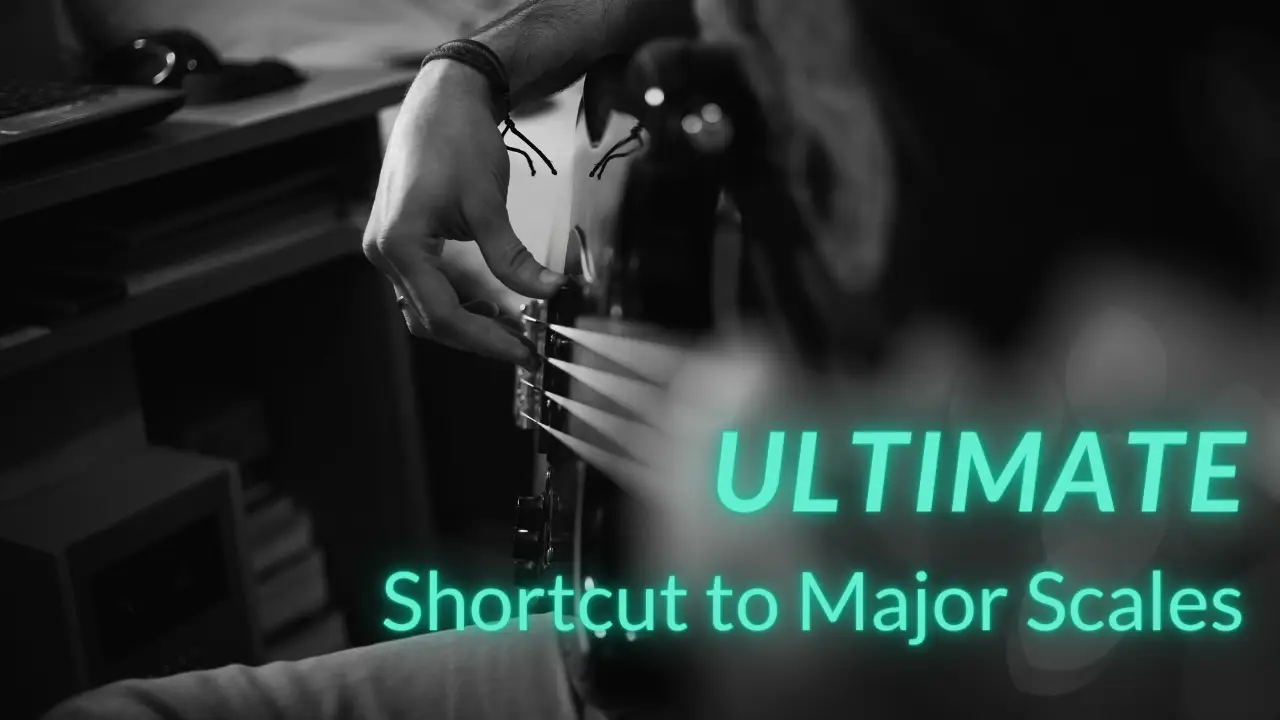
Shortcut to Major Scales Cycle of fifths, key signatures, WWHWWWH got you confused? Check my super simple shortcut method for naming major scales correctly. Huh? Why